Accessory Buildings That Provide the Ultimate Hideaway
Think of your backyard as a blank canvas. If you have enough room for an accessory building, which typically ranges from 100 to 400 square feet, it can enhance your lifestyle. In Colonial times, those with large properties took full advantage of their plot of land by setting up shop in a detached structure. As zoning rules came into existence, professionals, depending on their trade, found themselves no longer allowed to do business in their acreage.
But in response to recent events, these outposts are once again in vogue. Whether you’re seeking the solitude of an artist’s studio or a place to store your garden tools, these structures may fit the bill. But before you begin planning your on-premises retreat, you’ll need to consider the scope of your desired space and the local building and zoning codes that may dictate what you can construct. Here are a few things to keep in mind before adding a detached structure.
Know your boundaries
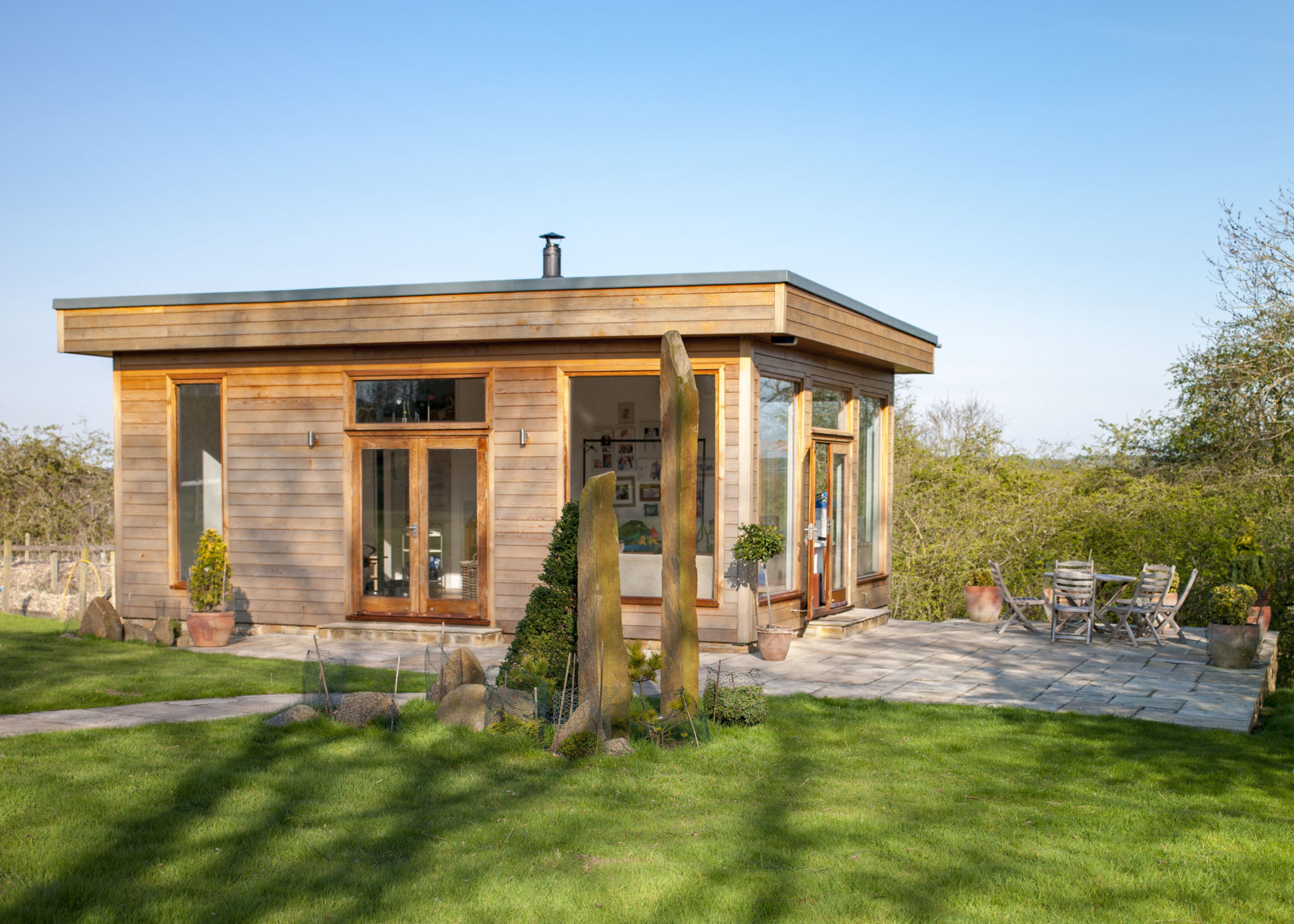
Even something as simple as a storage shed may require a permit depending on your local building laws and zoning codes, which vary by city, county, and state. Before you get started, you’ll need to provide your local building department with the square footage of the shed or structure you hope to add, state its intended use, complete a building permit application, and possibly include copies of a site plan. If you intend to use this structure as a minimalist dwelling for a visiting relative, returning college student, or elderly parent, visit AccessoryDwellings.org to learn more about the rules and regulations in your area.
Whether you choose to add a prefabricated shed or intend to build your own, you should find a part of your property that is as close to level as possible as this minimizes the amount of work involved in setting a foundation, which is typically a concrete slab or masonry bricks.
Set an intention
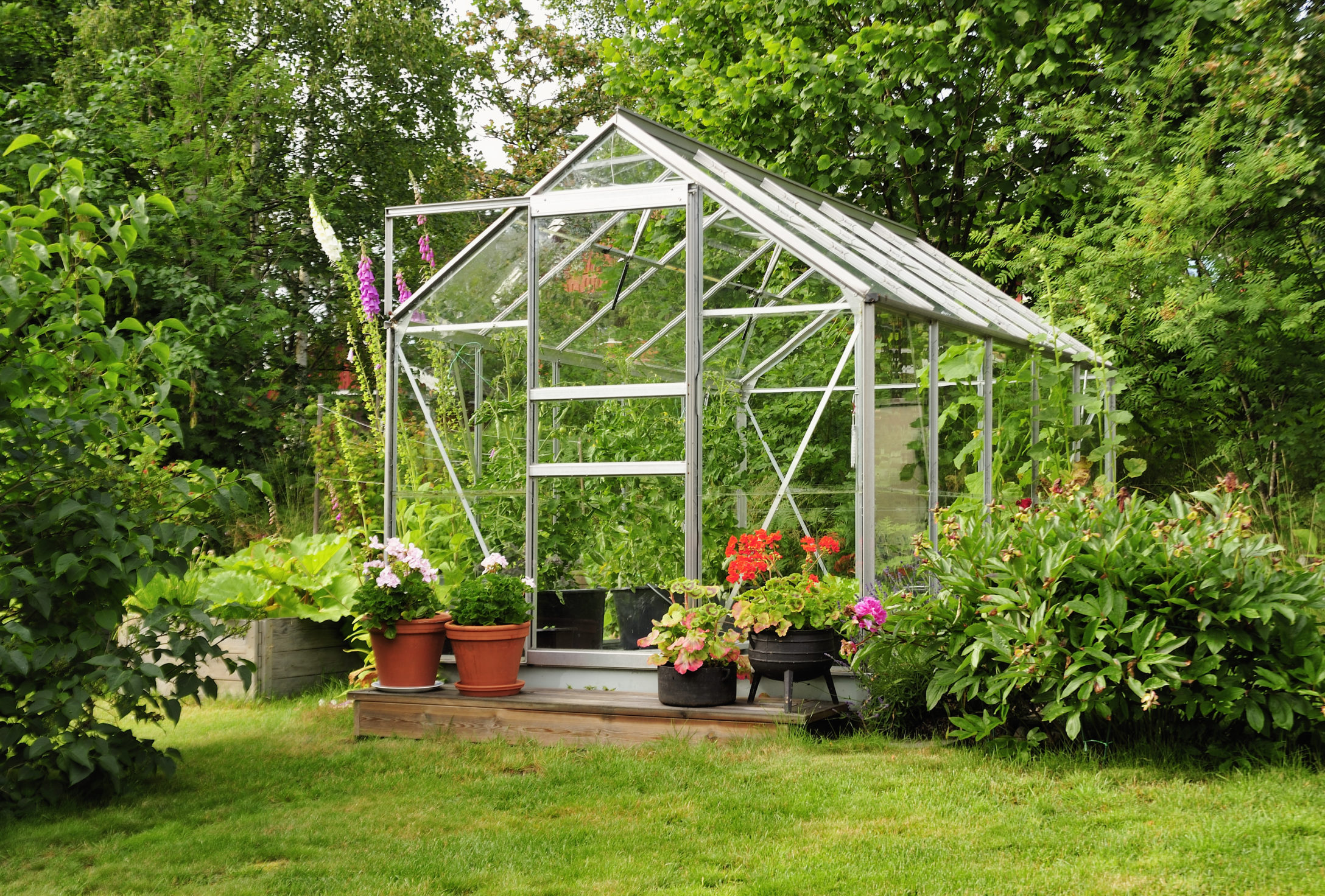
Accessory buildings range from storage sheds and greenhouses to cabanas, man caves, or she sheds. Most often, they’re used exclusively by the property owners. Depending on your local city, county, and government ordinances, you may not be able to transform them as sleeping quarters, or accessory dwelling units. Nor can they function as garages for commercial vehicles.
Once you’ve established the parameters you can work within, you’ll know how much space you have to build or place the structure. There are plenty of ways to enjoy these outposts, but keep in mind a home office will have different specifications from a greenhouse or artist’s cottage. In recent years, these “it” buildings have served as everything from yoga and music studios to children’s playhouses and potting sheds.
Enhancing both interior and exterior
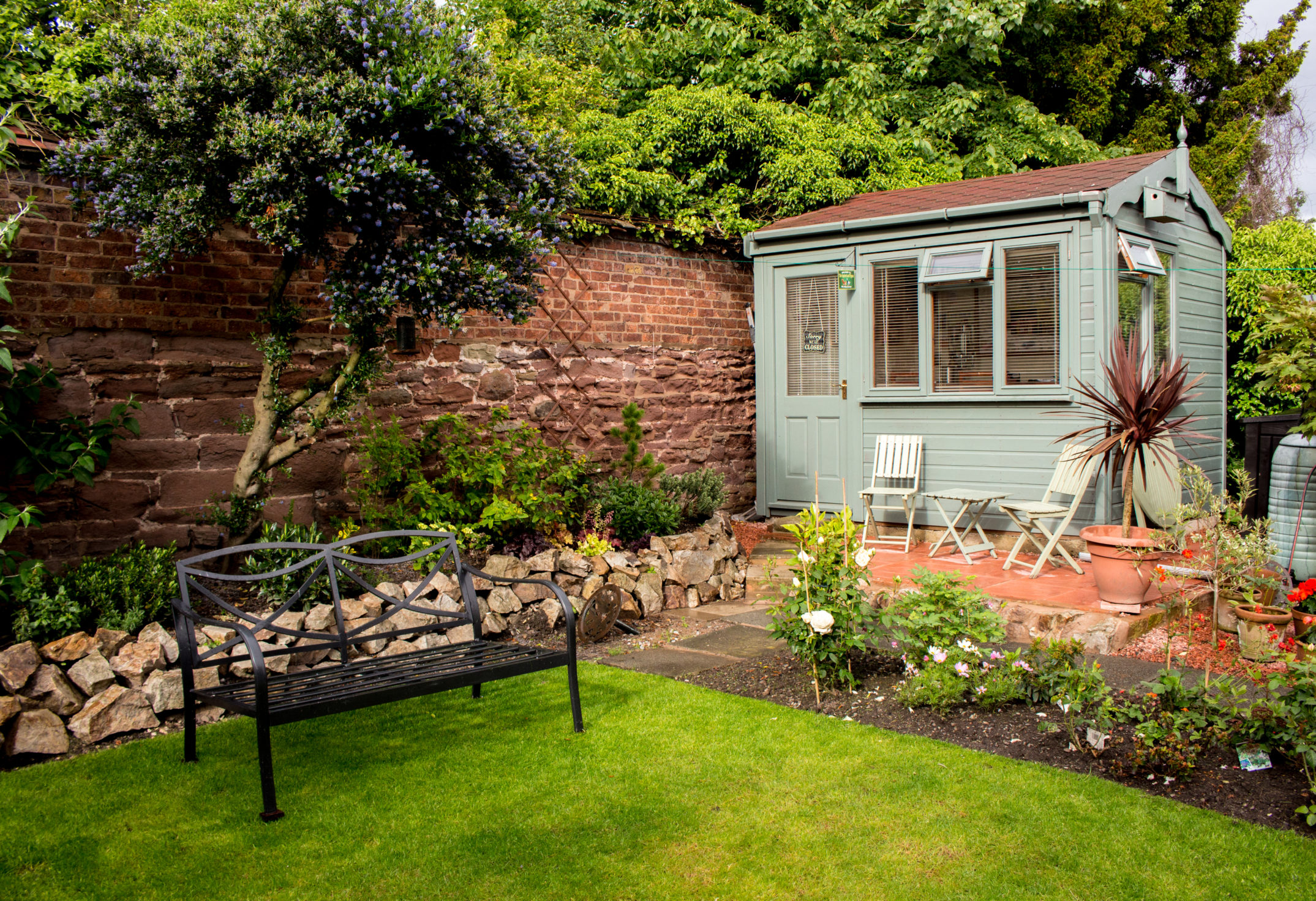
When selecting or designing your structure, again, consider its purpose. A skylight or French doors will offer ample natural light, while heat, air conditioning, electricity, and running water – which, again, will require permits – enable you to use the space more frequently. If you live in a cooler climate, you may want to add insulation to keep the temperature stable and limit moisture buildup.
Will your structure’s exterior match your home or would you prefer that it have its own unique look and what will local ordinances permit? Either way, adding some outdoor furniture, planters, and globe lights makes this part of your landscape more attractive.
If you’re seeking a nearby escape or desire additional room your home no longer affords, an accessory building may do the trick.


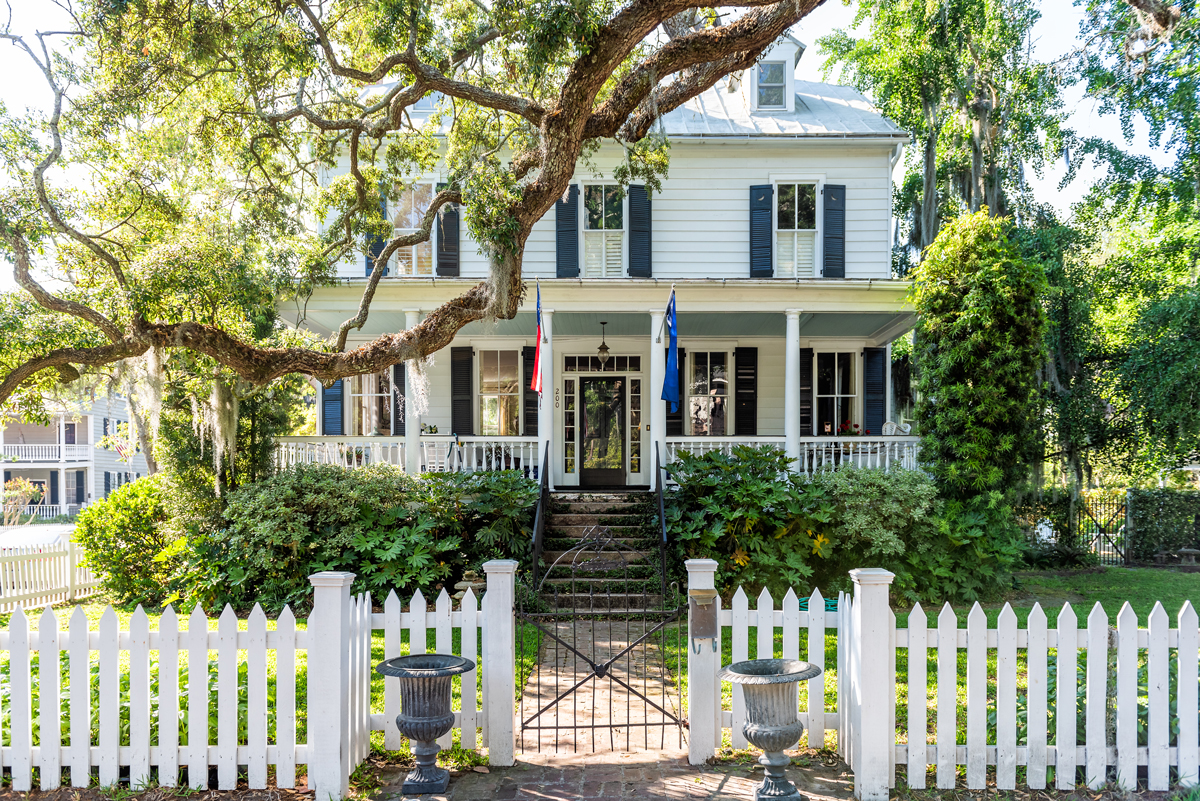
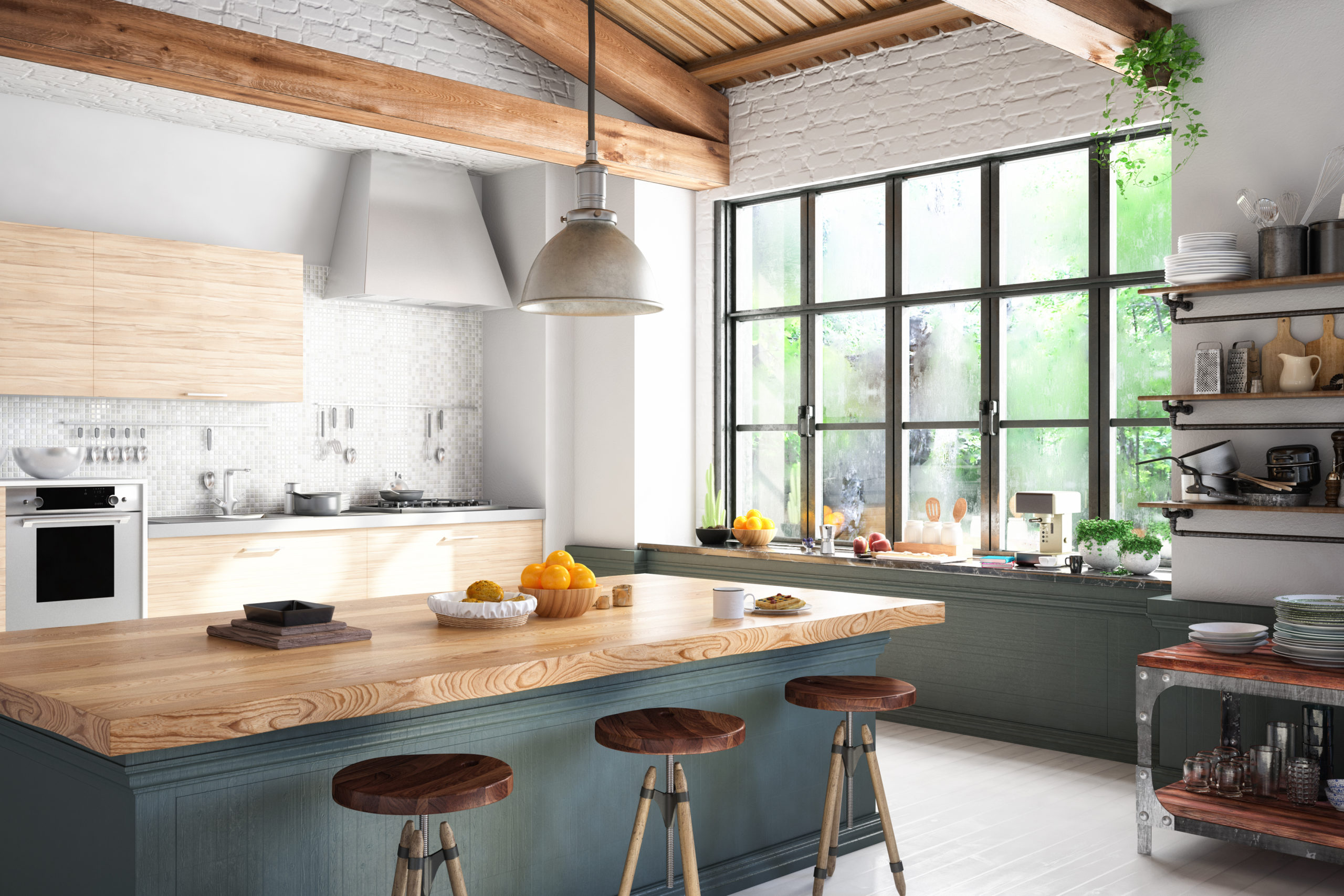
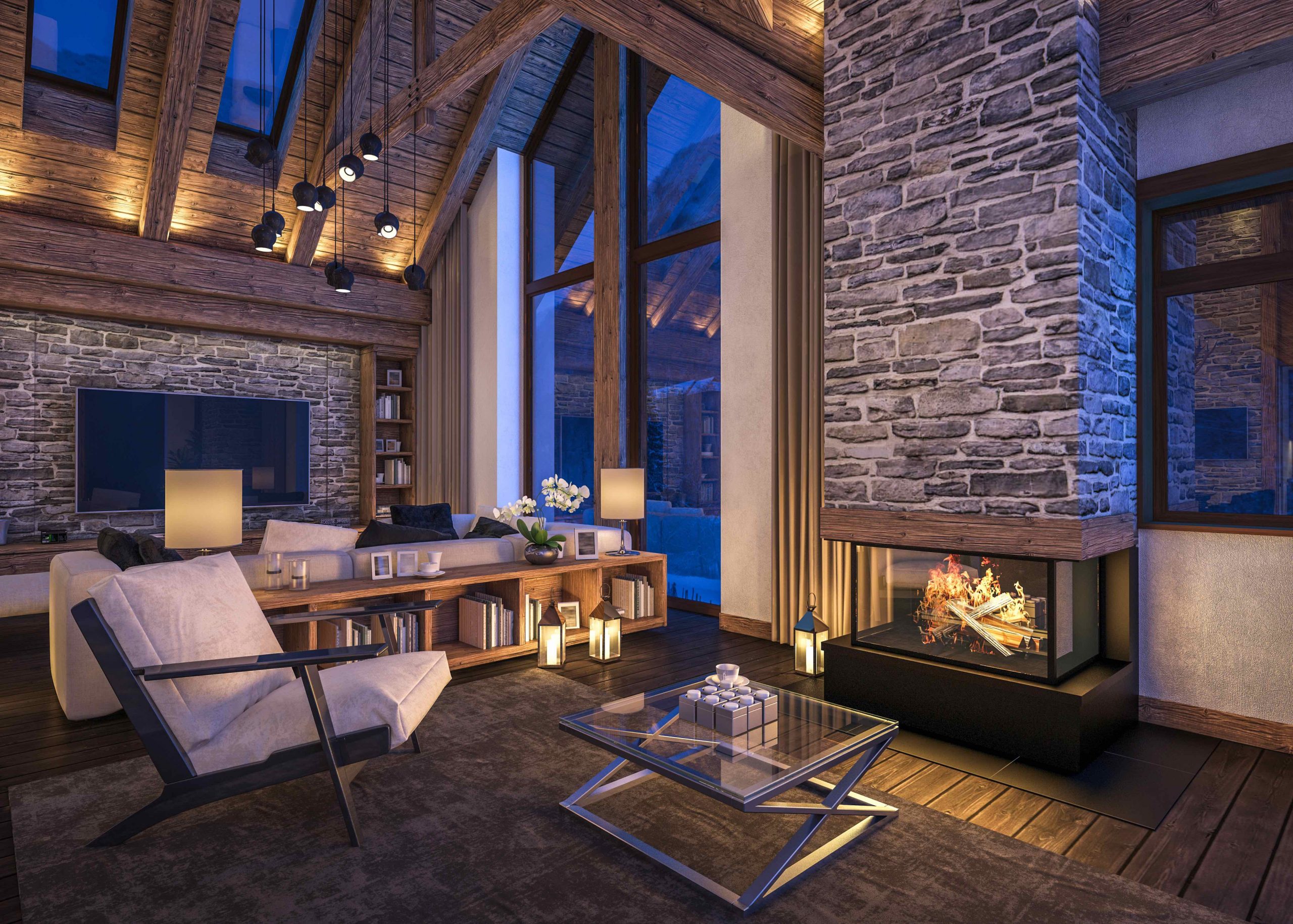

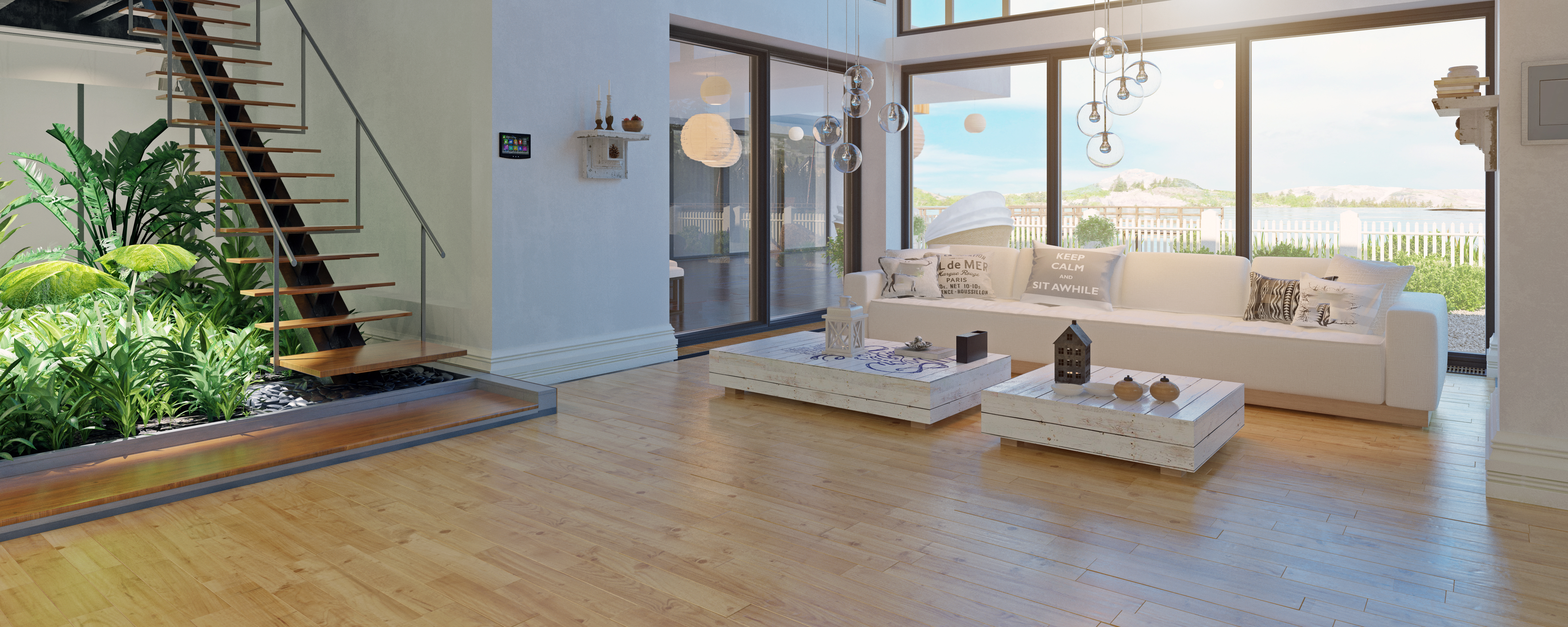
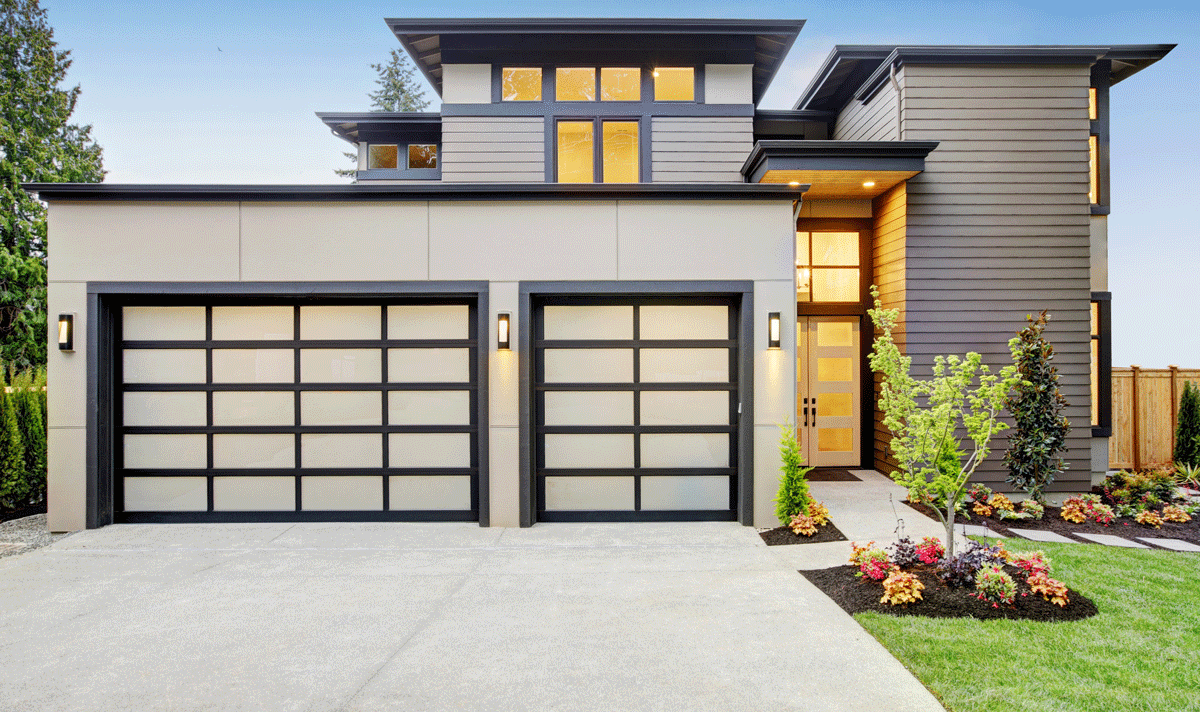
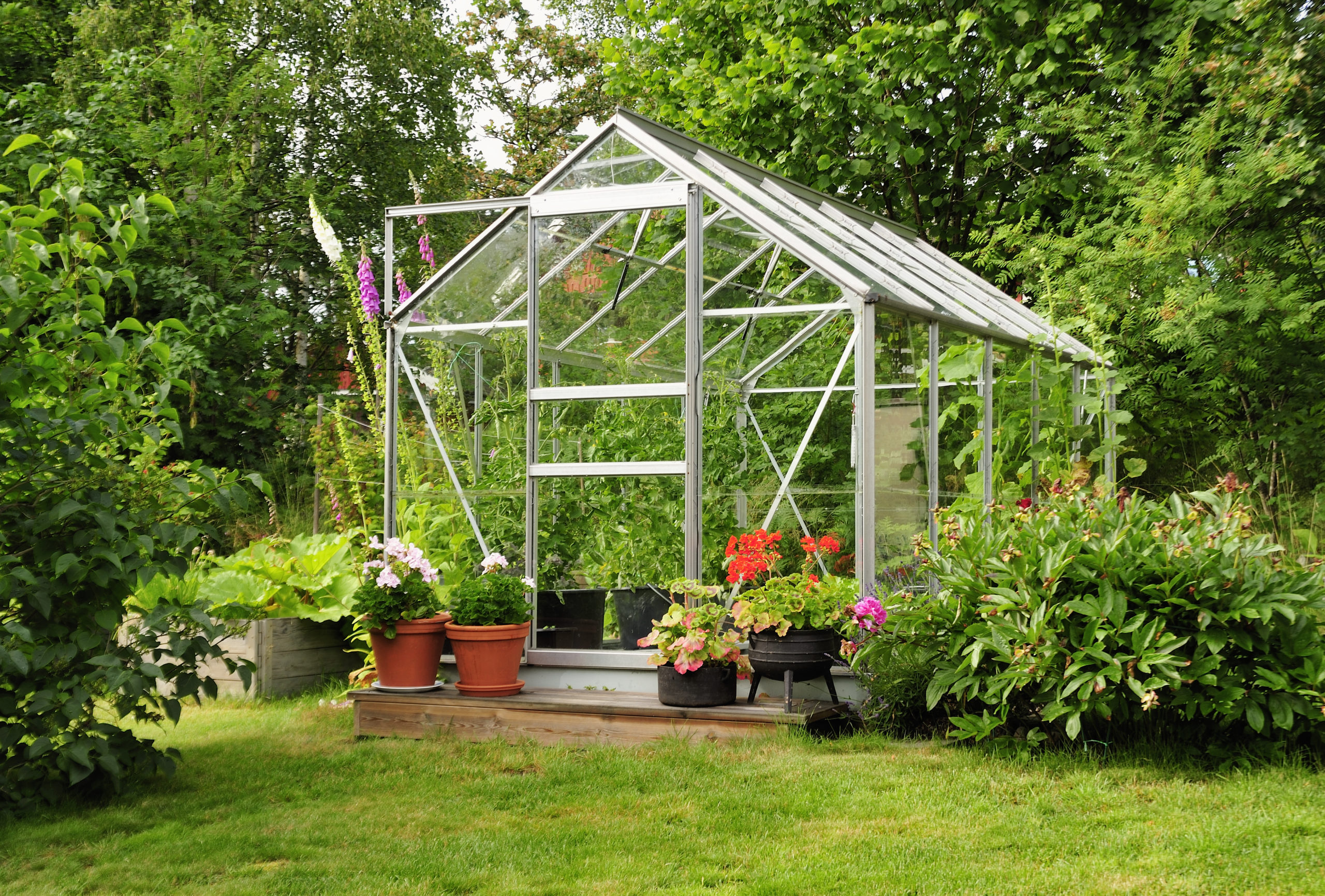

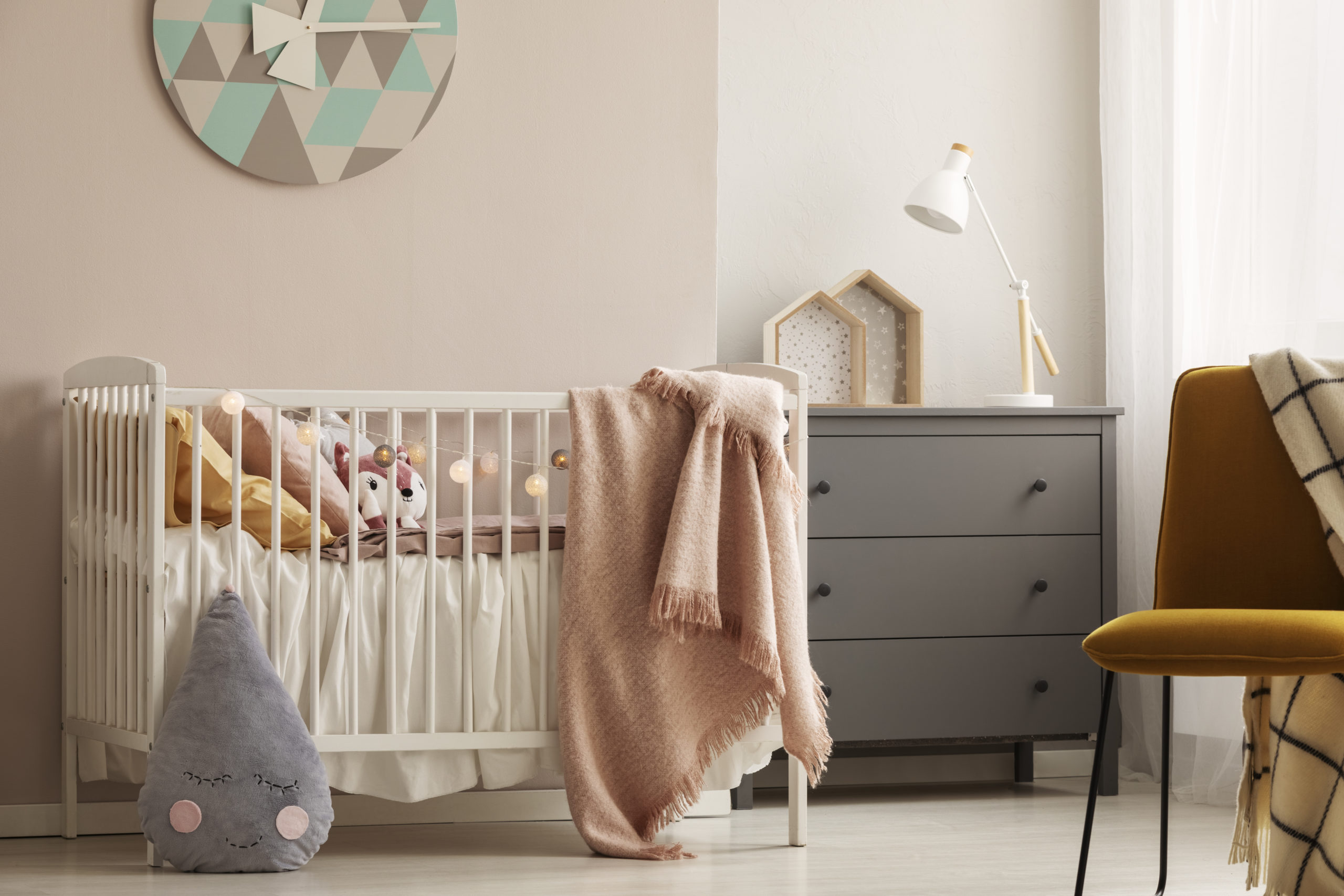
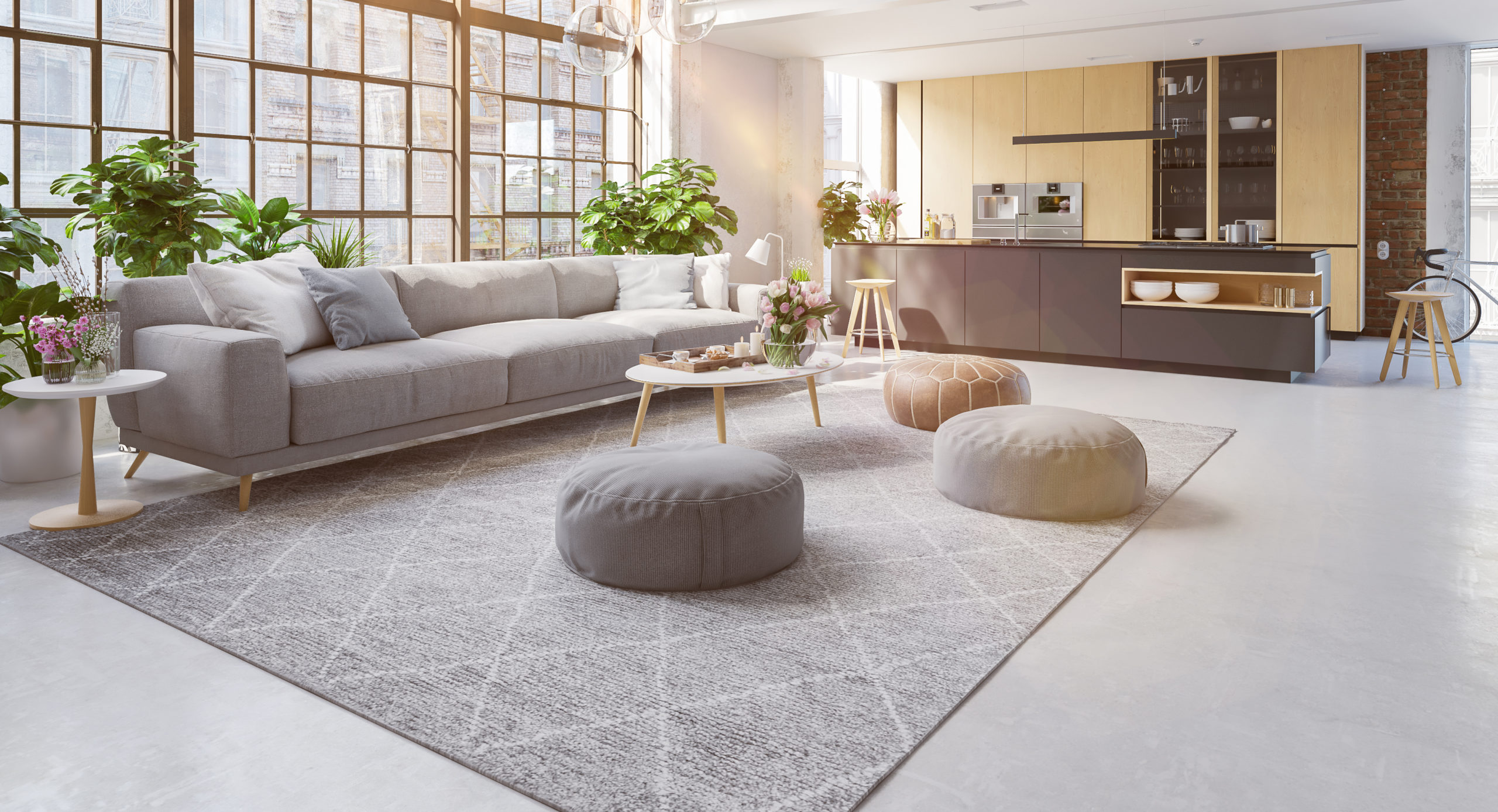



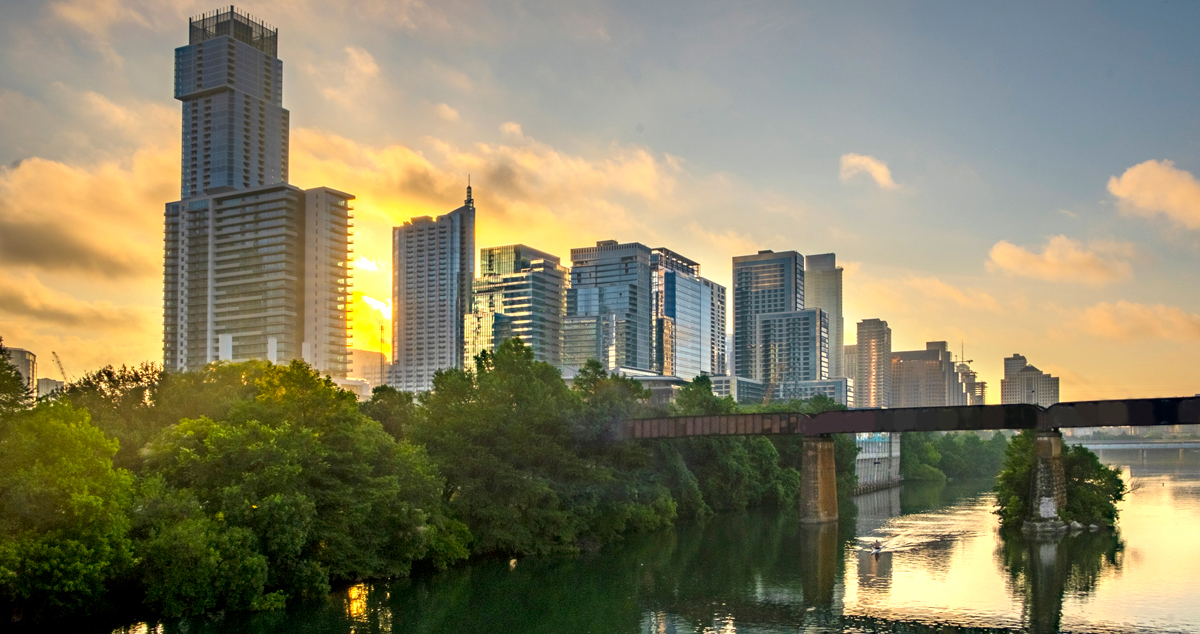

Share this article with your network!